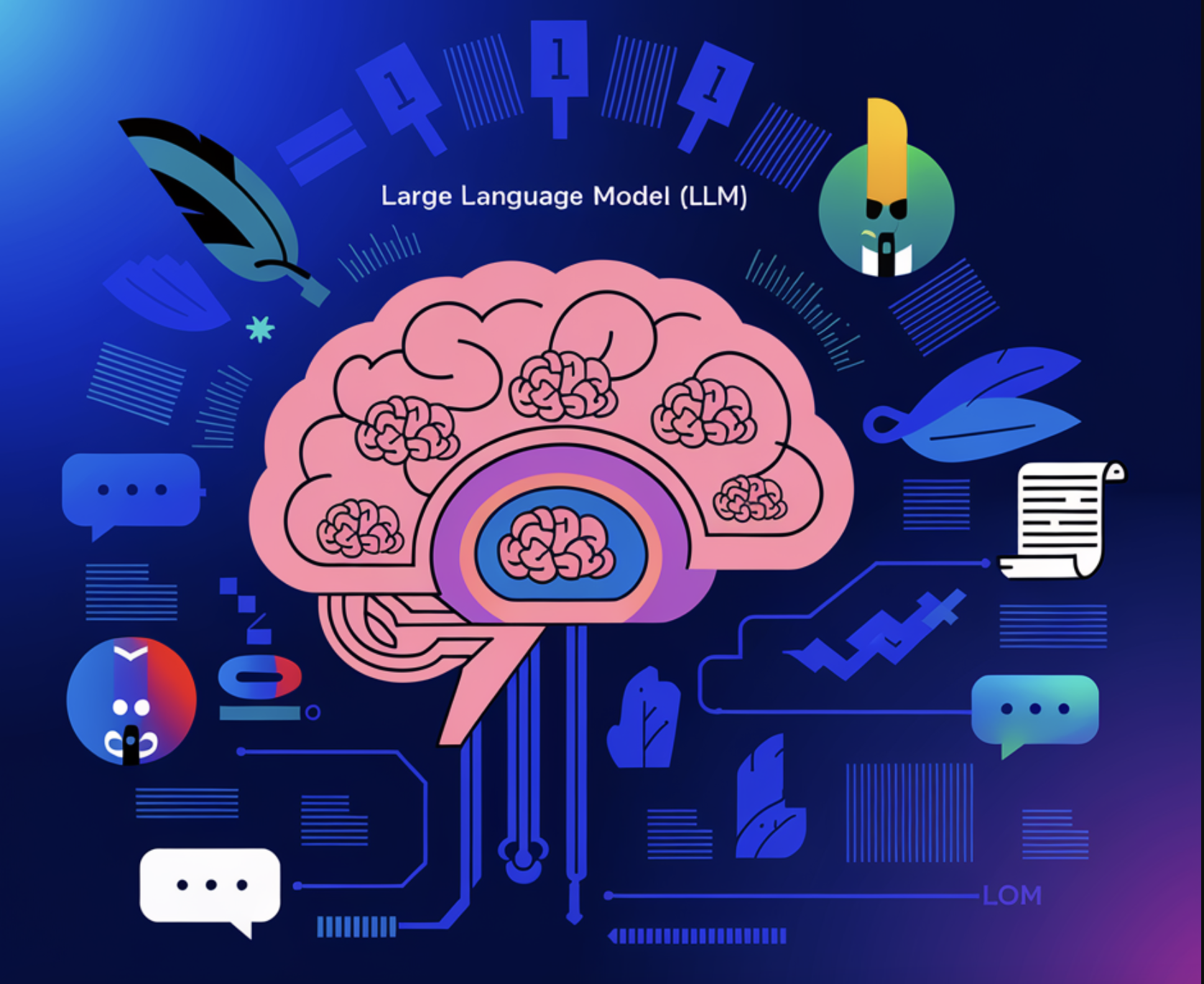
Understanding the Challenges of Language in AI
Processing human language has been a tough challenge for AI. Early systems struggled with tasks like translation, text generation, and question answering. They followed rigid rules and basic statistics, which missed important nuances. As a result, these systems often produced irrelevant or incorrect outputs and required a lot of manual work to scale. This highlighted the need for smarter solutions, leading to the creation of Large Language Models (LLMs).
What Are Large Language Models (LLMs)?
Large Language Models are advanced AI systems that can understand and generate human language. They use deep learning techniques, particularly Transformers, and are trained on vast amounts of text. This training helps them grasp grammar, context, and even general knowledge.
Examples include OpenAI’s GPT and Google’s BERT. These models are effective in various tasks like translating languages, generating content, analyzing sentiments, and assisting with programming.
Key Benefits of LLMs
- Scalability: They improve with more data and computational power.
- Versatility: Capable of handling many tasks without extensive adjustments.
- Contextual Understanding: They provide relevant responses by considering input context.
- Transfer Learning: Pre-trained models can be fine-tuned for specific tasks, saving time and resources.
Types of Large Language Models
LLMs come in various types, each designed for specific tasks:
- Autoregressive Models: Like GPT, these predict the next word based on previous words, great for generating coherent text.
- Autoencoding Models: BERT focuses on understanding text by predicting masked words, capturing context from both sides.
- Sequence-to-Sequence Models: Designed for tasks like translation, an example is T5.
- Multimodal Models: Such as DALL-E, these understand and generate multiple data types, including images.
- Domain-Specific Models: Tailored for specific industries, like BioBERT for biomedical text.
Practical Applications and Insights
LLMs have shown impressive results across many fields:
- In customer support, LLM-powered chatbots resolve queries more efficiently.
- In healthcare, they analyze medical literature and assist in diagnostics.
- In e-commerce, they enhance personalized recommendations and create engaging product descriptions.
However, growing LLMs also presents challenges, such as high costs and potential biases.
Conclusion
Large Language Models mark a significant advancement in AI, solving long-standing issues in language understanding. Their adaptability across industries makes them valuable tools. It’s important to address ethical and societal implications as these models evolve. By using LLMs responsibly, we can harness their potential for meaningful advancements.
For more insights, follow us on Twitter, join our Telegram Channel, and connect with our LinkedIn Group.
Join our upcoming webinar for actionable insights on boosting LLM performance while maintaining data privacy.
Elevate Your Business with AI
Transform your company with AI to stay competitive:
- Identify Automation Opportunities: Find key customer interactions that can benefit from AI.
- Define KPIs: Ensure measurable impacts on your business outcomes.
- Select an AI Solution: Choose tools that fit your needs and allow customization.
- Implement Gradually: Start with a pilot, gather data, and expand usage wisely.
For AI KPI management advice, contact us at hello@itinai.com. For ongoing insights, follow us on Telegram or Twitter.
Discover how AI can transform your sales processes and customer engagement at itinai.com.




























